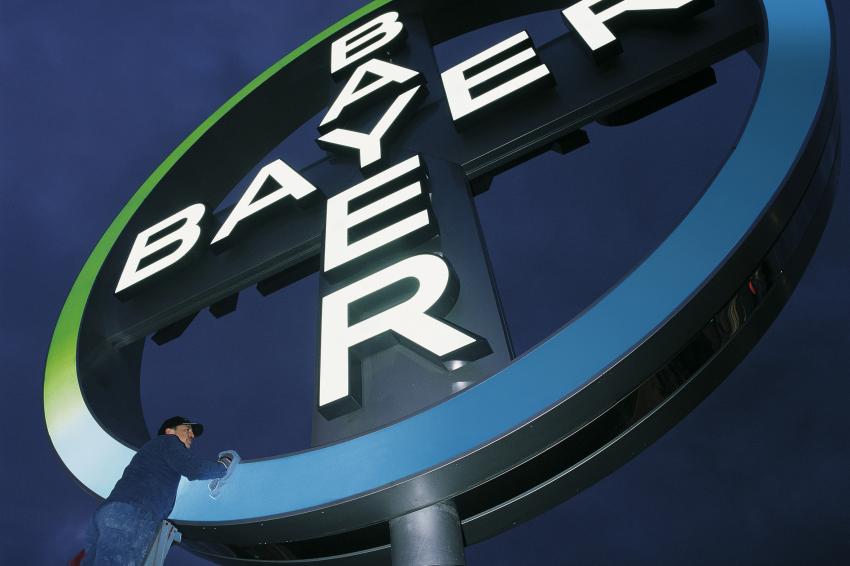All Ducks in a row for Bayer-Monsanto
05.06.2018 -
With all regulatory approvals in place, including those of Canada and Mexico, Bayer said it will complete its $62.5 billion takeover of Monsanto on Jun. 7 and become the sole owner of the former US agribusiness giant. Although the seeds businesses will continue to be managed from its St Louis, Missouri, site the name Monsanto will disappear.
As specified in the terms of the acquisition’s approval by the US Department of Justice, the US group will continue to be managed separately until the sale of Bayer CropScience assets worth €7.6 billion to BASF is completed. This is expected to take about two months.
The new Bayer CropScience will have pro forma sales of around €20 billion, adjusted for the assets worth €2.2 billion it must divest in exchange for regulatory approval. This is equivalent to around 10% of the group segment’s annual sales, CEO Werner Baumann explained in a conference call with journalists.
Pro forma sales of the enlarged Bayer group going forward will total €45 million. Baumann said pre-merger revenue of its agriculture and health activities was roughly equal to Monsanto’s annual revenue.
The combined portfolio of Bayer and Monsanto will link assets in seeds and plant traits – where Monsanto is a leader – and chemical and biological crop protection, in which Bayer leads. Bayer managing board member Liam Condon, head of the old and new CropScience, said the portfolio in future will be divided roughly 50:50 between the two pillars of the agriculture business.
In R&D, the merged group will have more than 175 breeding stations worldwide, with some 8,000 employees in labs, offices and in the fields. Including the Monsanto slate and adjusted for the divestments, Baumann said Bayer spent around €2.4 billion on agriculture R&D in 2017. The two executives said it is too early to say how future R&D spending will look.
With the agriculture market expected to start growing again for the first time in two years, the CEO said the merger will make a positive contribution to Bayer’s core earnings starting in 2019. From 2021, a contribution in the double-digit percentage range is calculated. Adjusted for the divestments, the Monsanto deal should contribute synergies of around $1.2 billion to annual EBITDA, starting in 2022.
Speaking to journalists, Baumann outlined details of Bayer’s planned capital increase, which will finance the larger part of the transaction. In announcing the Monsanto deal in September 2016, the group said it had secured bridge financing of $5.7 billion. This is being refinanced by a combination of equity and debt transactions, some of which has been completed.
Rights issue smaller than planned
Bayer now plans to launch a rights issue that is expected to result in a capital increase of €6 billion. Baumann said the issue is smaller than planned as proceeds from the divestment of all of its shareholding in engineering plastics producer Covestro – on the stock market to institutional investors – were €4.5 billion higher than expected.
Adding to the Covestro windfall, Singapore-based private equity investor Temasek subscribed to a capital increase of €3 billion in April of this year, and the mandatory convertible notes issued in November 2016 generated proceeds of €4 billion.
New Bayer shares will be offered to existing shareholders through an indirect subscription right at a price of €81 each. Participants in the capital increase will be allowed to acquire two news shares for every 23 shares they already hold. On top of this, the group plans bond placements in various currencies with a volume of up to €20 billion.





